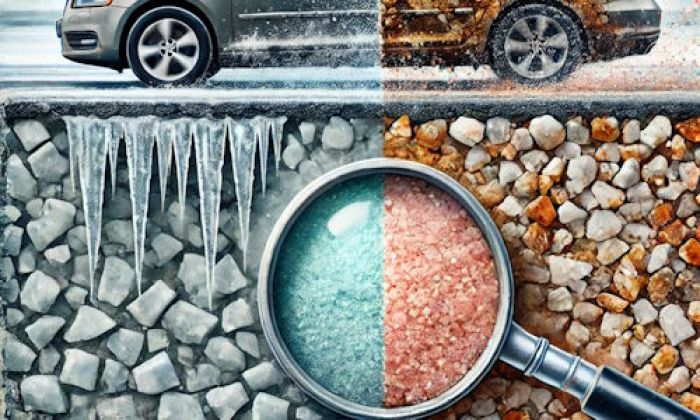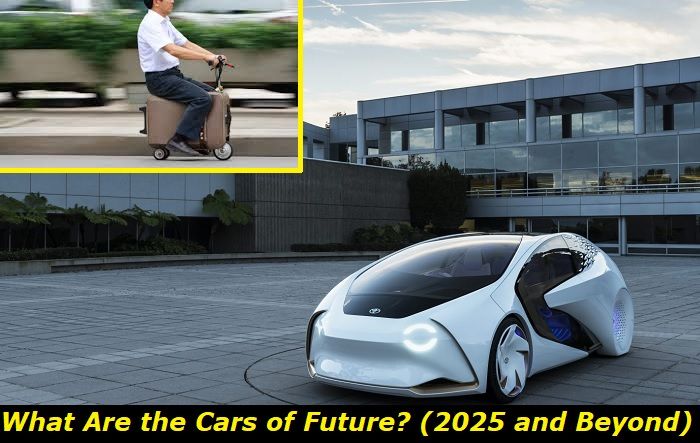Modern cars are becoming smarter each year and this leads to the thought that once they will become much smarter than an average person driving them. At least, sometimes, vehicles send us some messages that we can't ignore and can't understand. Twenty years ago, the word combination "vehicle sends us messages" would sound as weird as "vacuum cleaner calls you on the phone". Today both variants are possible though.
Tighten fuel cap message highlights
- Common reasons:bad cap, dirty filler neck, EVAP problems, dying 12V battery
- How to fix:check the cap, clean the filler neck, check the battery, read the codes
- Possible consequences:no serious consequences, the message may stay on for a long time
- Priority level:Low
- Can you drive?Yes
- DIY repair:Possible
- Repair price range:$0-$50

"Tighten Fuel Cap" - why do you see this message?
In modern vehicles, Honda and Acura introduce a special sensor that is placed right on the fuel cap or on the fuel filler neck. This sensor measures the contact between the cap and the neck and registers whether the cap is tightened properly. If not, the sensor sends a special signal to the ECU and the computer sends a special message to your dash.
So, if you see the "Tighten Fuel Cap" message in your Honda or Acura, in 90% of the cases you will just have a poorly tightened fuel cap - that easy. But what about the other 10%? You need to know something about the self-diagnostics system of your vehicle.
Here are some of the possible reasons why you can see this fuel-cap message:
- Straightforward. The cap is not tightened, so the sensor sends the alarm signal to the ECU and you see the message on the dash. It's quite easy to fix (at least, it seems to be easy at first).
- Wiring problem. The sensors in your Honda or Acura are connected with each other and with control units by using cables. These cables can be broken, connectors can go loose and this is much harder to locate and fix.
- Sensor problems. The sensor can be broken or you can just lose it after it's damaged physically. The easiest option to solve the problem is to replace the sensor with the new one.
- ECU problem. ECU can send a special message to your dash just because it has some inner problem with wiring or connections. One of the common issues is when water or moisture gets into the ECU and it starts glitching like crazy sending you all kinds of messages.
- No fuel cap. You may have gone from the fuel pump without placing back the fuel cap. In most Honda and Acura vehicles, it's connected to the car body, so losing it is a hard task. But it may just be hanging out of the filler neck when you drive bumping over the car body and spoiling the paint finish.
So, here we have five independent problems. And two of them seem to be the easiest ones to locate and fix: not tightened fuel cap and absence of the fuel cap. The other variations of the problems may need to be located by a specialist. You will not want to dig into the wiring and ECU of your Honda/Acura car because you need to be a car mechanic for this.
OK, let's see what exactly you can do to get rid of this annoying message on the dashboard of your car.
Steps to solve the problem with the "Tighten Fuel Cap" message
First of all, you should know that this is not a fault code or something and your Acura or Honda will not go to the limp mode or limit you in any other way. The vehicle will just peep all the time and show you this message demanding quick fixing of the problem.
So, what can you do? Let's find out.
- Check the fuel cap
The first and very logical decision will be to check the fuel cap in your vehicle.
Stop your car in a safe place, open the gas tank hatch and come to it. See if the filler neck still has the fuel cap in it. Then try to tighten the cap. If you can't tighten it anymore, unscrew it and then try to tighten it again.
You need to tighten the cap up until the time when it starts clicking. A couple of clicks will show you that it's enough and you may go on driving your vehicle.
But the "Tighten Fuel Cap" message may still be there to bother you. Why? Because it needs some time to recheck everything. Usually, two or three minutes will be enough.
Nothing changes? Let's go further.
- Disconnect the battery for 1 minute
If you are sure that you have the cap and it's tightened correctly, the easiest thing to get rid of the annoying message will be to take the cables of the battery of your car for 1 minute. The ECU will reload then and the message won't appear anymore.
But be careful. In some vehicles, after doing so, you will need to reset all the settings. For example, your electric seat settings may be deleted from memory. All clocks in the car will need to be set to the current time.
If the message still appears, don't worry, you still have some ways to get rid of it.
- Keep the fuel cap open for 2 minutes
In this step, if nothing helped you, you should unscrew the fuel cap and hold it in your hands for 2 minutes. Before doing this, turn the ignition on so that the ECU could register all your actions.
This will reset the system that checks the fuel cap's presence and will probably solve the problem.
But if you still see the "Tighten Fuel Cap" message, the best decision will be to physically check the sensor.
- Check the sensor on the cap
Checking a sensor is not a really hard task. You just need to open the fuel cap and look at it carefully. You will easily locate the place with the sensor and see if it's still there. After you check everything, tighten the cap again and check if the message is gone.
Remember, that the car will need another 3 to 5 minutes to provide all checks and show (or finally not show) this annoying message to you.
Checking the sensor without any equipment is only possible in terms of its presence. You won't be able to check if it works or not.
- Replace the fuel cap
The last option that you can do by yourself, without visiting the dealer or shop, is replacing the fuel cap. For example, you can find an identical vehicle and ask its owner to give you their cap for a moment. Once you install a working cap and the message is gone, you will know that the problem is in the cap.
If the message is still there, your fuel cap sensor is working and the problem is in some other place. The last thing you will not be able to check on your own.
- Check wiring and ECU
After you've tried everything, you will need to go to the dealer or repair shop. A specialist will use computer equipment to check the vehicle and to see whether there are any active errors and problems with wiring or connections. Also, the ECU will be checked.
Unfortunately, this is a costly task for Honda or Acura owners because these cars have never been cheap in maintenance and repair.
Why is it important to have the fuel cap tightened?
You may think it's an insane demand of a car manufacturer to always keep the fuel cap tightened. Why? It's not a 50-year-old car where the fuel filler neck is just a tube with no valve to protect it from leaking.
But you need to remember that a poorly tightened fuel cap in your Honda or Acura can lead to basically two major problems:
- Gas mileage. As you know, fuel is evaporating really fast. If the cap or cap seal are broken or not tightened properly, you will lose from 1% to 3% of the petrol which will affect mileage and driving costs.
- Fuel system contamination. Dirt and dust will enter the fuel tank and from there will be delivered to the fuel filter. If the filter is full, the contaminants will go further and destroy your fuel injector.
We believe these reasons are enough to check if your fuel cap is tightened properly.
About the authors
The CarAraC research team is composed of seasoned auto mechanics and automotive industry professionals, including individuals with advanced degrees and certifications in their field. Our team members boast prestigious credentials, reflecting their extensive knowledge and skills. These qualifications include: IMI: Institute of the Motor Industry, ASE-Certified Master Automobile Technicians; Coventry University, Graduate of MA in Automotive Journalism; Politecnico di Torino, Italy, MS Automotive Engineering; Ss. Cyril and Methodius University in Skopje, Mechanical University in Skopje; TOC Automotive College; DHA Suffa University, Department of Mechanical Engineering






Add comment